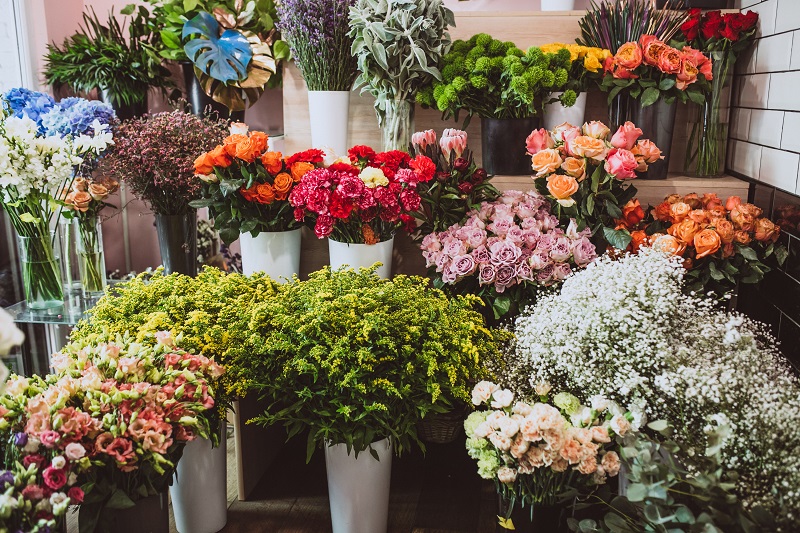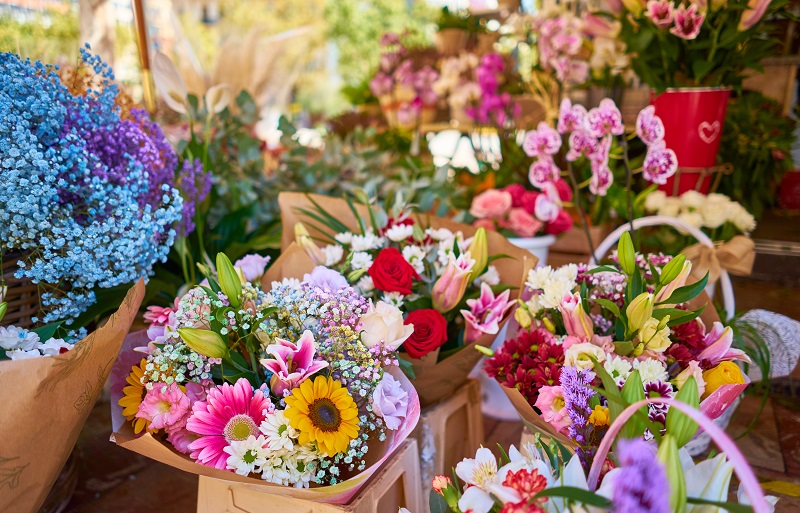Introduction:
Have you ever walked past a flower shop, gazed at the stunning arrangements, and wondered how they’re created? Have you pondered how the pros expertly blend colors, shapes, and fragrances to create a floral masterpiece? It’s an art that calls for more than just a green thumb. Welcome to the magical world of professional floristry.
This post aims to unveil the secrets and techniques of professional florists. With a world that is fast losing touch with nature — consumed by screens and silicone — we find solace, catharsis, and expression through arrangements of stems and petals. Here, you get a rare chance to peek behind those lovely Floral Boutique’s curtains, understand this passionate profession’s ins and outs, and grasp the beauty behind every bouquet.
From the selection of blooms through to the arrangement and styling, every step in floristry is an art form. Join us as we explore various facets of professional floristry, delineating the principles of floral design, tools of the trade, and the trends redefining contemporary floral arts.

The Genesis of Floristry
Floristry isn’t just a modern profession. It’s an artistic legacy that dates back centuries, tracing its origins to ancient times when blooms were used for adornments and religious ceremonies. But, when did the art of arranging blooms professionally start and why?
According to art historians, Ancient Egyptians were the first to design florals in a stylistic manner around 2,500 BCE. This was followed by the Greeks, Romans, and Chinese – each adding their unique cultural touch to the art. The advent of floral design as a profession, however, didn’t happen until the early 19th century during the highly influential Victorian era, where ‘language through blooms’ was a popular means of communication.
Early florists used to be gardeners who not only grew their blooms but also possessed the creative eye to arrange them in artistically pleasing ways. Today, the process has narrowed down, with specialized cultivators growing the flowers and professional florists focused on the creative element: designing and selling the arrangements.
Elements and Principles of Floral Design
Understanding the elements and principles of design is the backbone of professional floristry. These principles provide a basic, essential framework that florists follow while designing their creations.
Elements like colour, form, space, and texture interact intuitively to create harmony and contrast in an arrangement. Meanwhile, the fundamental principles guiding these elements encompass balance, proportion, rhythm, and emphasis. By artfully combining these elements and principles, florists create visually appealing compositions that effectively ‘speak’ to the viewer.
Keep in mind, these principles aren’t rigid rules; each florist injects their creativity, innovation, and unique style into the design, rendering every arrangement unique.
Tools of the Trade
As with any craftsmanship, the tools play a pivotal role in floristry. These help to shape the finished product, adding finesse and precision to the designs. From the simple yet handy secateurs – which are used to cut stems cleanly – to Oasis floral foam for keeping blooms fresh, and holding them firmly in place, each tool is crucial to a florist’s operation.
There are also flower frogs (used to hold the flowers in place), florists wire and tape (for providing support to fragile blossoms), and an array of different vases and containers. Not to mention the workhorses such as floral preservatives and coolers, which help to maintain the flowers at their peak of freshness.
The Trends Reshaping Professional Floristry
Floral trends are cyclic, hinged on the ever-evolving tastes and preferences of the market. Recently, we’ve seen a surge in popularity for sustainable floristry – a movement away from the plastic and foam-filled designs of the past towards consciously eco-friendly arrangements that embrace elements like biodegradable foam and foraged greenery.
Hand-tied bouquets are making a comeback, with their ‘just-picked’ appeal delighting brides and event planners alike. There’s also a growing appreciation for exotic and native blooms, as florists seek to include something unique and eye-catching in their designs.
At the same time, however, traditional arrangements remain in demand. The floristry market is currently straddling the boundary between old and new, with an eye on sustainability and unique offerings.

The Unseen Challenges of the Floristry Profession
While floristry is undoubtedly a profession filled with beauty and creativity, like any other profession, it comes with its fair share of challenges. Florists not only need to be skilled in creating stunning arrangements, but also need to understand the business aspects like supply chain management, customer service, and marketing.
Flowers are a perishable product, and managing inventory can be a balancing act. If too few flowers are ordered, there won’t be enough for arranging. If there are too many, these lovely blooms could die before getting used. Professional florists need sharp acumen and spatial analysis abilities.
Another challenge includes dealing with seasonal availability. Certain flowers are only available at certain times of the year, which means florists are constantly adjusting designs and offerings depending on the season.
Conclusion:
Professional floristry is a delicate balancing act of artistry and technical prowess. It’s the art of expressing emotion through alluring arrangements and the science of maintaining the longevity and freshness of blooms. It requires an understanding of design principles, adept use of industry tools, a keen eye for trends, and the ability to adjust to seasonal availability.
As we see, the stunning floral arrangements adorning windows of boutiques are just the tip of the horticultural iceberg. Much action – planning, arranging, and crafting occurs behind the scenes. Indeed, professional florists, like artists, breathe life into their creations, evoking emotions and etching lasting impressions.
In essence, flowers aren’t just arranged; they are articulated thoughtfully, contemplating color and design, acknowledging tradition, making space for innovation, all the while ensuring sustainability. Such is the art and techniques of professional florists. Now the next time you chance upon an enchanting arrangement, you have a deeper understanding and greater appreciation for the skill and artistry behind the blooms.

